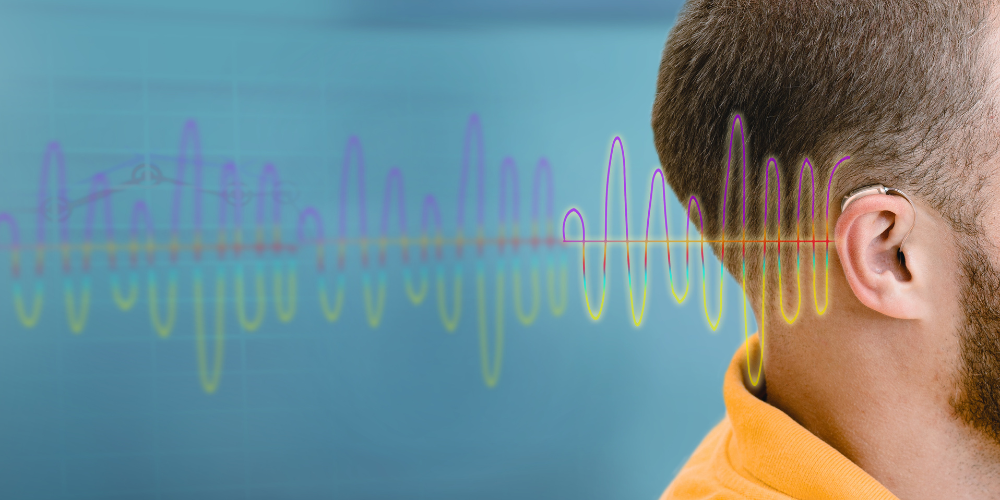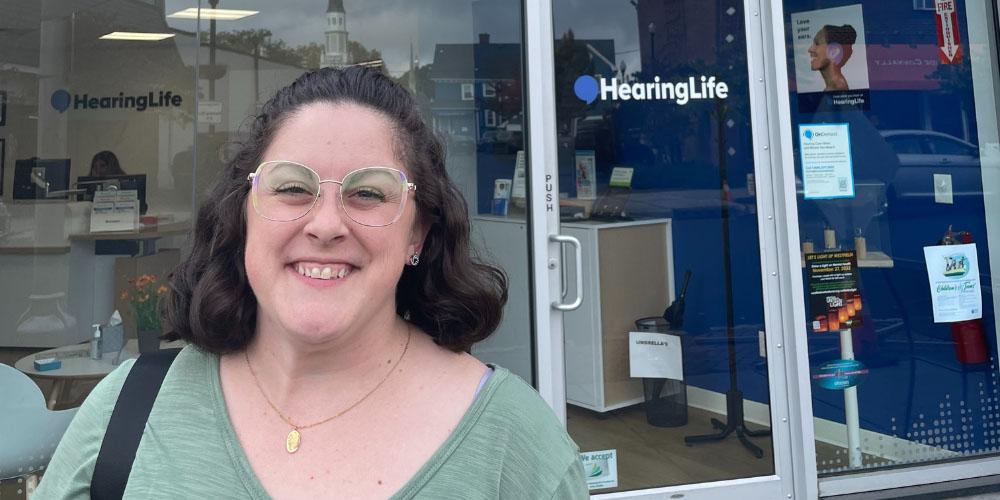
Conductive hearing loss is a type of hearing loss that happens when sound cannot travel through the middle and/or inner ear properly.
How the ear works
Let’s start with how the ear works. When a sound happens near your ear, the sound travels in waves and hits your outer ear. From there, the curves of the ear funnel the sound into your ear canal and to your middle ear structure, including the eardrum. The eardrum vibrates and transfers the sound through to three tiny middle ear bones (the malleus, stapes and incus), which send the sound information to your cochlea and auditory nerve.
The middle and inner ear structures turn sound waves into electrical impulses that your auditory nerve can then send to your brain. From there, your brain is what makes sense of the sound – what it is, where it’s coming from and whether it’s important enough to turn your head or react to.
Causes of conductive hearing loss
Conductive hearing loss varies and can be caused by a few different things – basically, any problem with these inner structures of the ear.
- Earwax blocking the ear canal or pushed up against the eardrum
- Fluid in the ear
- Eardrum damage
- Trauma to the head or ear
- Ear infections
- Hereditary conditions, such as otosclerosis
Signs of conductive hearing loss
Signs of conductive hearing loss can be the same as other hearing loss, but there is often the addition of a “plugged” feeling, pain, pressure or fullness in one or both ears that is characteristic of conductive hearing loss. Sounds may seem muffled or far away.
Treatment options for conductive hearing loss
Conductive hearing loss is often treatable with medicine (for ear infection), surgery (for otosclerosis or other reasons) or even earwax removal. If the conductive hearing loss is permanent, bone-anchored hearing aids (BAHAs) are an option that may help as well.
Some people who have conductive hearing loss also have sensorineural hearing loss. When both types are present, it is known as “mixed hearing loss.” Treatment for mixed loss varies depending on the cause of both types, but often includes a hearing aid.
Bone conduction tests are a part of every hearing assessment at HearingLife and are designed to test the middle and inner ear functions to ensure this type of hearing loss is diagnosed. This means that if you have a conductive loss, our licensed professionals can help you with next steps for treatment.
The above is the interpretation of Conductive Hearing Loss: Causes, Symptoms, and Treatments provided by Chinese hearing aid supplier Shenrui Medical. Link https://www.srmcm.com/Blog/Conductive_Hearing_Loss_Causes_Symptoms_and_Treatments.html of this article is welcome to share and forward. For more hearing aid related information, please visit Blog or take a look at our Hearing aids products















